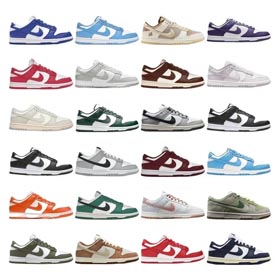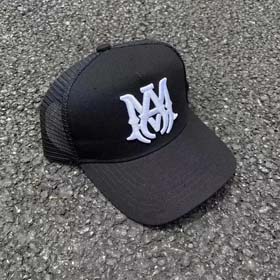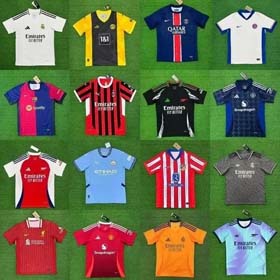The Development of Nike: From Humble Beginnings to a Global Sporting Powerhouse
2025-04-09
The Development of Nike: From Humble Beginnings to a Global Sporting Powerhouse
In the world of sports and athletic apparel, Nike stands as an undisputed giant. With its iconic swoosh logo recognized in every corner of the globe, Nike has not only revolutionized the way athletes dress but has also become a cultural phenomenon. This article delves into the remarkable journey of Nike's brand development, from its modest origins to its current status as a global powerhouse.
The Early Days: Blue Ribbon Sports
Nike's story began in 1964 when University of Oregon track athlete Phil Knight and his coach, Bill Bowerman, founded Blue Ribbon Sports (BRS). The initial concept was simple: import high - quality, low - cost Japanese running shoes and sell them in the United States. Knight, who had a background in accounting and a passion for running, saw an opportunity in the emerging running boom in America.
At first, BRS operated out of Knight's car, with him selling shoes out of the trunk at track meets. Bowerman, a renowned track coach, was also involved in product development. His innovative mind led to the creation of the "Cortez" shoe in 1972, which became one of the company's first successful models. The Cortez featured a waffle - patterned sole, a design inspired by Bowerman's experiment of pouring rubber into a waffle iron. This unique sole provided better traction, a feature that was well - received by runners.
The Birth of Nike and the Swoosh
In 1971, BRS decided to create its own brand of shoes. The name "Nike" was chosen, inspired by the Greek goddess of victory. Carolyn Davidson, a graphic design student at Portland State University, was commissioned to design a logo for the new brand. For a fee of $35, she created the now - iconic swoosh, a simple yet dynamic symbol that was meant to represent the wing of the goddess Nike. The swoosh was designed to be easily recognizable and adaptable, able to be placed on various products without overwhelming the design.
The first Nike - branded shoes were released in 1972, and the company officially changed its name from Blue Ribbon Sports to Nike, Inc. in 1978. This marked a significant turning point in the company's history, as it began to establish its own identity separate from its roots as an importer.
Expansion and Product Innovation
Throughout the 1980s and 1990s, Nike experienced rapid expansion. The company diversified its product line beyond running shoes to include basketball shoes, tennis shoes, and apparel. One of the most significant product launches during this period was the Air Jordan line in 1984. Nike signed a young and relatively unknown basketball player, Michael Jordan, to an endorsement deal. The Air Jordan shoes, with their revolutionary air - cushioning technology, not only became a huge hit in the basketball world but also transcended sports to become a fashion statement.
Nike continued to invest heavily in research and development, introducing new technologies such as Air Max in 1987. The Air Max line featured visible air - cushioning units in the sole, providing enhanced comfort and shock absorption. This innovation was a game - changer in the sneaker industry and further solidified Nike's reputation for technological superiority.
Marketing and Sponsorships: Building a Global Brand
Nike's marketing strategies have been instrumental in its rise to global prominence. The company has always focused on associating its brand with top athletes and major sporting events. In 1988, Nike launched the famous "Just Do It" campaign, which became one of the most iconic advertising slogans of all time. The campaign was designed to inspire people to overcome their limitations and take action, a message that resonated with consumers worldwide.
Over the years, Nike has signed numerous high - profile athletes from various sports, including Tiger Woods in golf, Serena Williams in tennis, and Cristiano Ronaldo in soccer. These sponsorships have not only increased the brand's visibility but have also helped to establish Nike as the brand of choice for top - performing athletes. Nike's marketing campaigns often feature these athletes, using their achievements and charisma to promote the brand.
Globalization and Challenges
In the 21st century, Nike has continued to expand globally, opening stores in emerging markets and increasing its online presence. The company has faced challenges, such as concerns over labor practices in its manufacturing facilities. However, Nike has taken steps to address these issues, implementing strict labor standards and transparency initiatives.
Today, Nike is not just a sports brand; it is a lifestyle brand. Its products are worn by athletes and non - athletes alike, and its influence extends beyond the world of sports into popular culture. Nike's ability to innovate, market effectively, and adapt to changing consumer demands has allowed it to maintain its position as a leader in the global sports and apparel industry.
For more information on sports brands, fashion trends, and related topics, visit https://acbuy.run/.



















